Best Seasons for Fire Restoration
Fire restorations are most effectively performed when weather conditions are stable and dry. Typically, the optimal times are during late spring and early fall, avoiding extreme temperatures and high humidity levels that can hinder restoration efforts.
Spring and fall offer moderate weather conditions ideal for fire damage repairs, reducing delays caused by weather-related issues.
Dry, mild weather minimizes the risk of mold growth and further damage during the restoration process.
High humidity and extreme temperatures can complicate restoration, making certain times of year less suitable.
Planning restorations during favorable weather windows can lead to faster completion and better results.
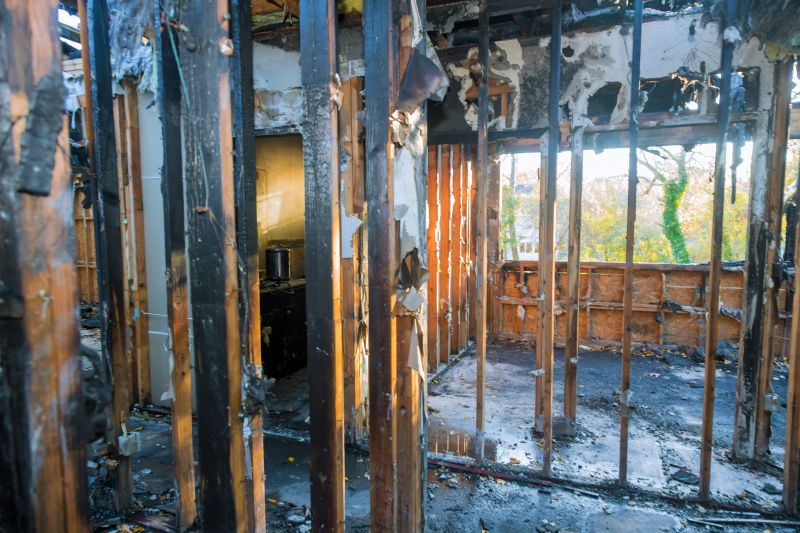
Ways to make Fire Restorations work in tight or awkward layouts.
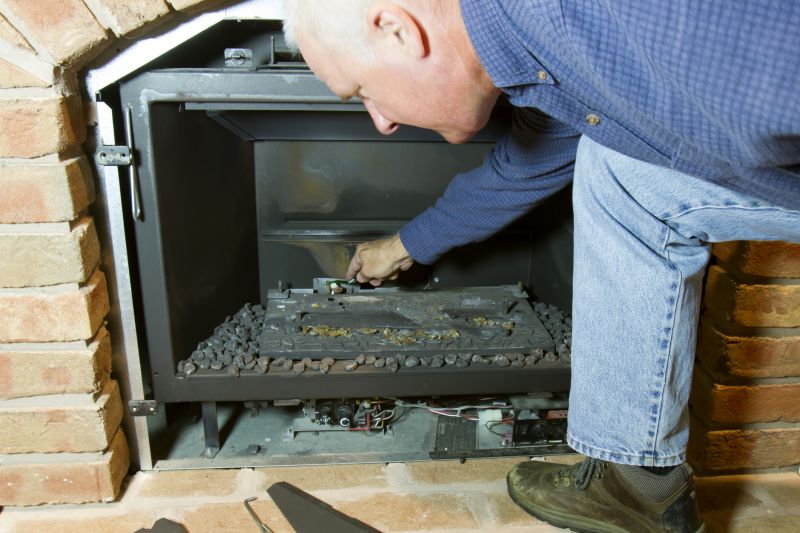
Popular materials for Fire Restorations and why they hold up over time.
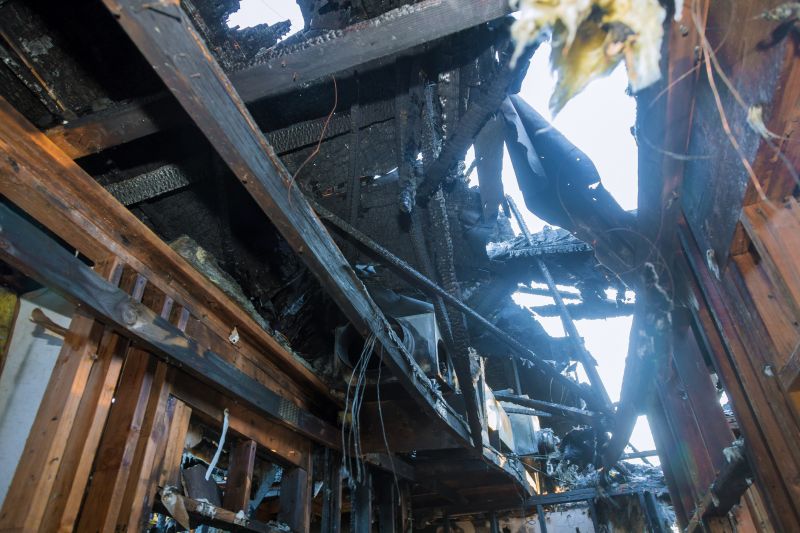
Simple add-ons that improve Fire Restorations without blowing the budget.
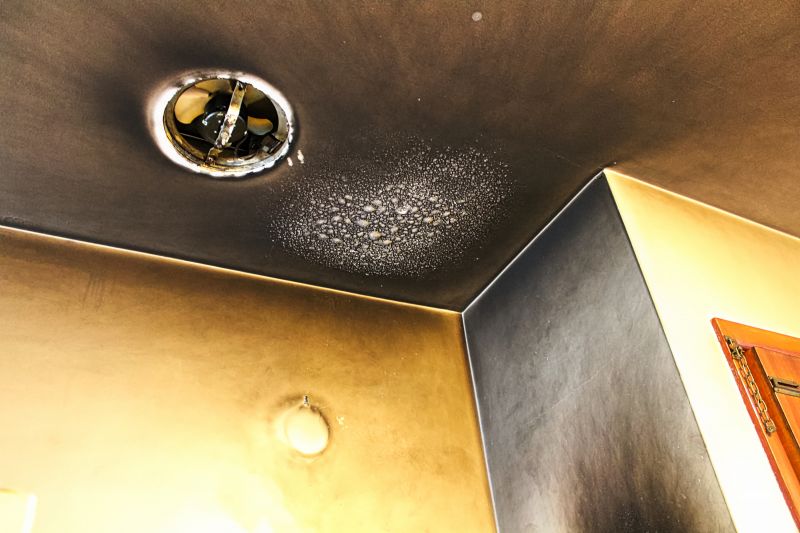
High-end options that actually feel worth it for Fire Restorations.
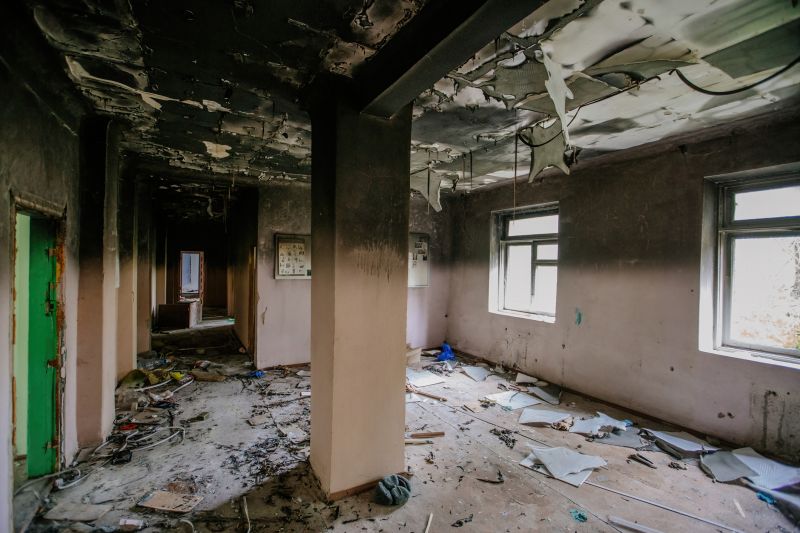
Finishes and colors that play nicely with Fire Restorations.
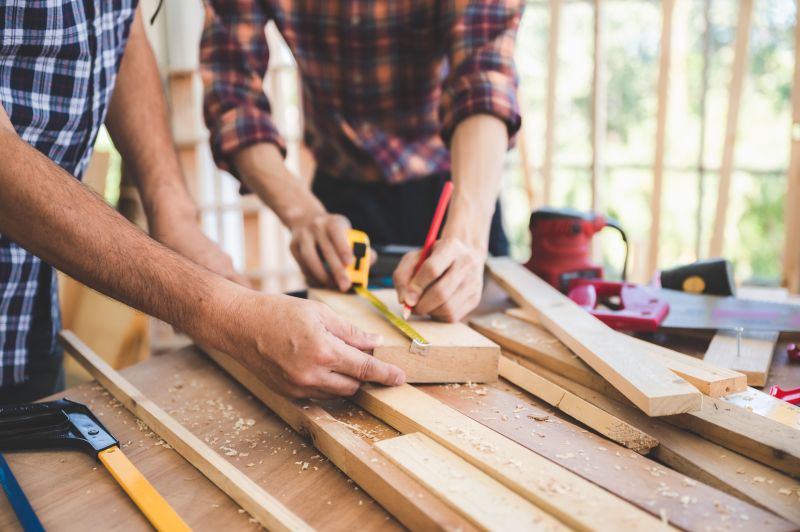
Little measurements that prevent headaches on Fire Restorations day.

A 60-second routine that keeps Fire Restorations looking new.
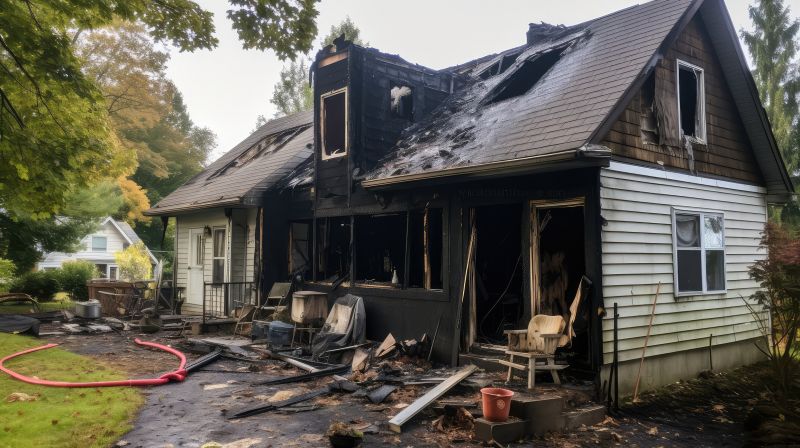
A frequent mistake in Fire Restorations and how to dodge it.
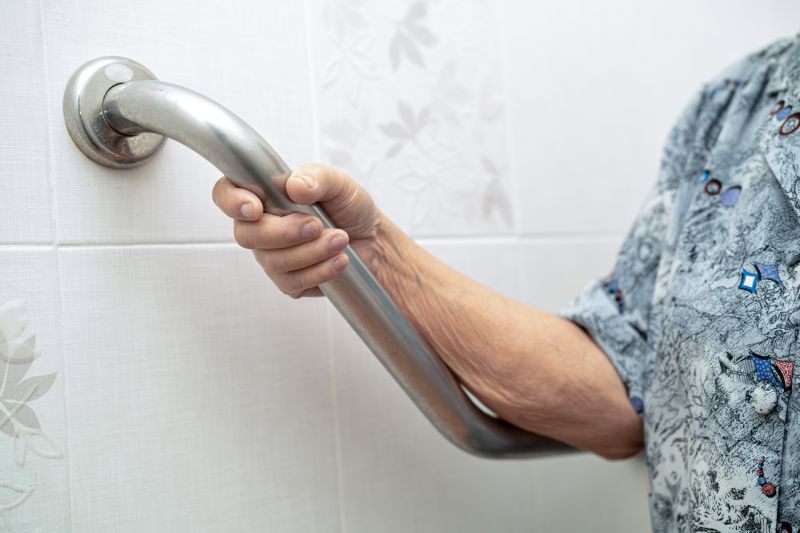
Small tweaks to make Fire Restorations safer and easier to use.
| Factor | Optimal Conditions |
|---|---|
| Temperature | Mild temperatures between 50-70°F |
| Humidity | Low to moderate humidity levels |
| Season | Late spring or early fall |
| Weather Stability | Clear days with minimal rain |
| Temperature Extremes | Avoid periods of extreme cold or heat |
| Rainfall | Dry periods preferred |
| Wind Conditions | Calm weather minimizes dust and debris |
| Scheduling Flexibility | Align with favorable weather windows |
Understanding the timing for fire restorations helps ensure the most effective and efficient process. Proper planning based on seasonal weather patterns can reduce complications and improve the quality of restoration outcomes.
Fire restorations involve detailed cleaning, structural repairs, and odor removal to restore properties affected by fire damage. Timely intervention is essential to prevent further deterioration and to maintain the integrity of the building.

Lower-waste or water-saving choices for Fire Restorations.
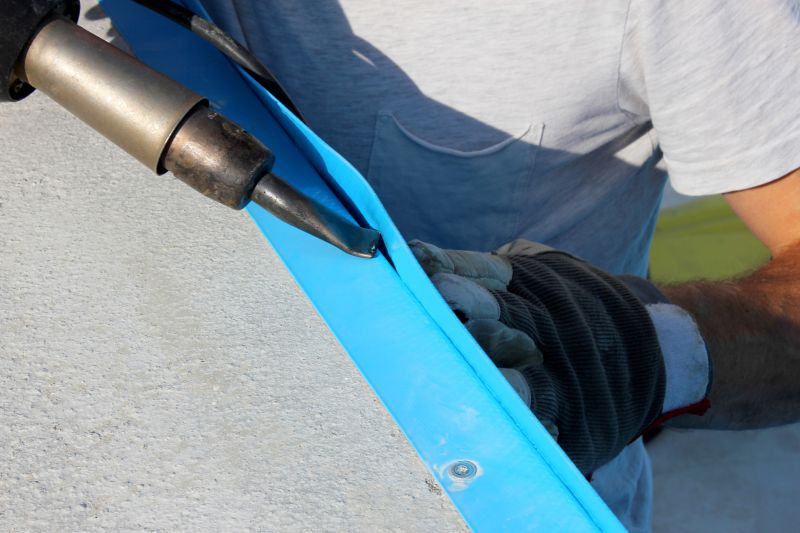
The short, realistic tool list for quality Fire Restorations.
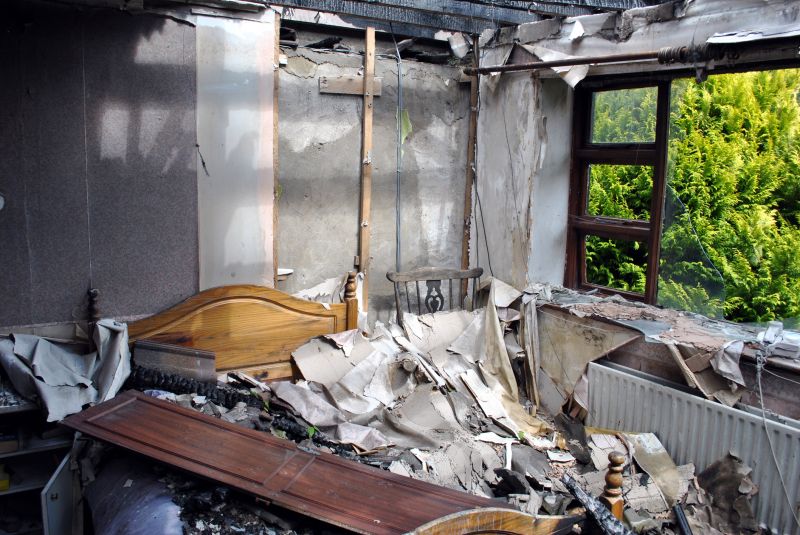
Rough timing from prep to clean-up for Fire Restorations.
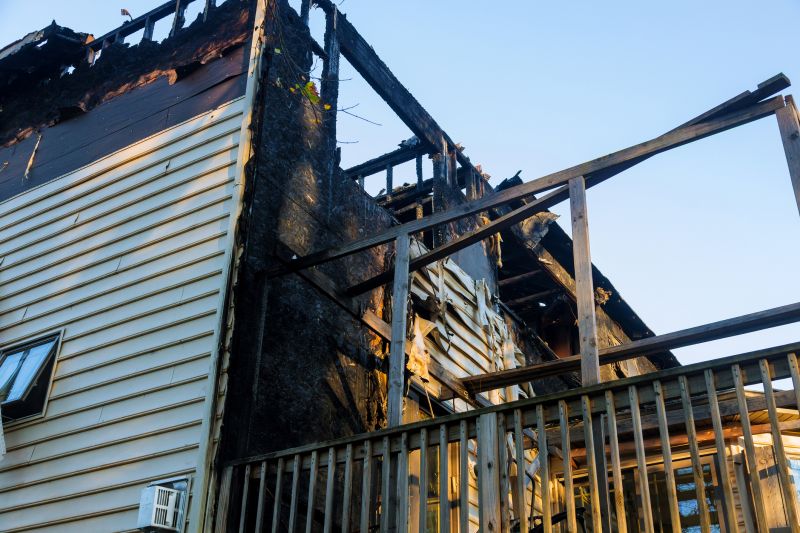
Quick checks and paperwork to keep after Fire Restorations.
Interested property owners should consider scheduling fire restorations during favorable weather periods to ensure optimal results. Proper timing can lead to faster completion and better restoration quality.
